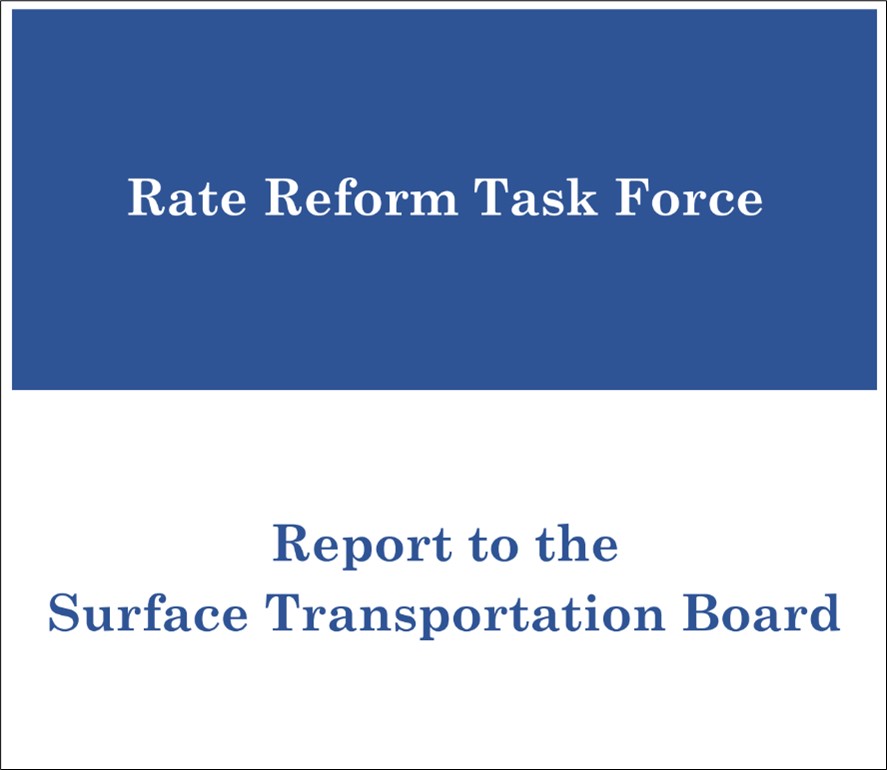Week in Regulation
November 29, 2021
Prescription Drug Rule Brings Notable Costs During Short Week
Despite the short week due to the Thanksgiving holiday, federal agencies produced a somewhat lively haul of regulatory actions. There were 11 rulemakings with some measurable economic impact. The primary action of the week, however, was a multi-agency rule that would require health insurance providers to provide the agencies with greater information on how they cover prescription drugs. Across all rulemakings, agencies published $1.7 billion in total net costs and added 3.3 million annual paperwork burden hours.
REGULATORY TOPLINES
- Proposed Rules: 47
- Final Rules: 59
- 2021 Total Pages: 67,542
- 2021 Final Rule Costs: $21.5 billion
- 2021 Proposed Rule Costs: $192.3 billion
NOTABLE REGULATORY ACTIONS
The most significant rulemaking of the week was a joint interim final rule from the Department of Health and Human Services, Internal Revenue Service, Employee Benefits Security Administration, and Office of Personnel Management (collectively, “the agencies”) regarding “Prescription Drug and Health Care Spending.” The rule implements yet another aspect of health care spending transparency measures included in the Consolidated Appropriations Act for 2021. In particular, this action would require plan providers to report to their relevant agency:
Prescription drug and health care spending, including, but not limited to, average monthly premium amounts … and the number of participants, beneficiaries, and enrollees, as applicable, with respect to the plan or coverage in the previous plan year. Additionally, plans and issuers must report prescription drug rebates, fees, and any other remuneration paid by drug manufacturers and any impact on premiums and out-of-pocket costs associated with these rebates, fees, or other remuneration.
The agencies estimate that such reporting requirements would impose roughly 2.8 million hours in annual paperwork, resulting in $363 million in annualized costs (or $1.5 billion over a five-year period).
TRACKING THE ADMINISTRATIONS
As we have already seen from executive orders and memos, the Biden Administration will surely provide plenty of contrasts with the Trump Administration on the regulatory front. And while there is a general expectation that the new administration will seek to broadly restore Obama-esque regulatory actions, there will also be areas where it charts its own course. Since the AAF RegRodeo data extend back to 2005, it is possible to provide weekly updates on how the top-level trends of President Biden’s regulatory record track with those of his two most recent predecessors. The following table provides the cumulative totals of final rules containing some quantified economic impact from each administration through this point in their respective terms.
![]()
Largely due to the Prescription Drug Rule discussed above, the Biden Administration’s final rule tallies continued to tick upwards. With roughly $1.6 billion in final rule costs, it narrows the gap between it and the Obama-era total while it widens its lead over both its predecessors by nearly 3 million annual hours of paperwork. There was not as much notable action, however, from either of those preceding administrations. The most significant trend was a roughly 980,000 paperwork burden hour increase under Obama, due primarily to a Medicare payment rule from November 2009.
THIS WEEK’S REGULATORY PICTURE
This week, the Surface Transportation Board (STB) offers two paths for resolving small rate disputes between carriers and shippers.
On November 26, the STB, the independent agency within the Department of Transportation focused on economic regulation of surface transportation, published two notices of proposed rulemaking in the Federal Register dealing with resolving small rate disputes between carriers (railroads) and shippers.

The first notice is a supplemental proposal on Final Offer Rate Review (FORR). Originally proposed in September 2019 and stemming from the STB’s Rate Reform Task Force report (pictured), FORR is a baseball-style arbitration system where each side presents a final offer to an arbitrator and offers evidence for why their offer should be chosen. One of the two offers is chosen based usually on which is considered more reasonable. As AAF explained last year, FORR as proposed tilts disputes in favor of shippers.
The supplemental proposal offers some minor modifications to the original proposed rule, but the real purpose of the notice is to put the FORR rulemaking on parallel tracks with a new, separate proposal.
That second proposal comes in response to a petition for rulemaking from a group of Class I railroads. That petition, filed in 2020, offered the STB an alternative arbitration system that would be less costly for parties and lead to fewer polarizing resolutions. In the petition, the carriers said they would be willing to agree to use the system for five years if they can withdraw if certain underlying regulations are changed and if they are exempted from FORR, should that rule be finalized. STB’s notice offers a form of the idea presented in the petition, though it limits when carriers would be able to withdraw.
As the STB makes clear, the two proposals are not an either/or proposition. Instead, it seems likely the Board wants to finalize both. The fate of the rules will depend on comments from carriers and shippers over the next several months.
TOTAL BURDENS
Since January 1, the federal government has published $213.8 billion in total net costs (with $21.5 billion in new costs from finalized rules) and 138.6 million hours of net annual paperwork burden increases (with 130.6 million hours in increases from final rules).












